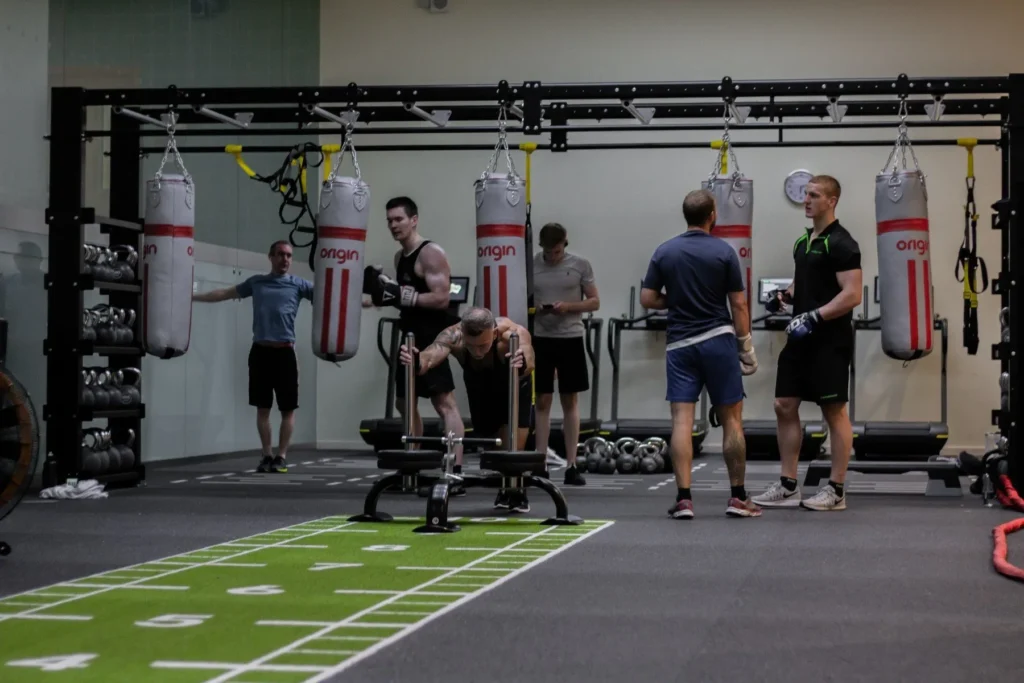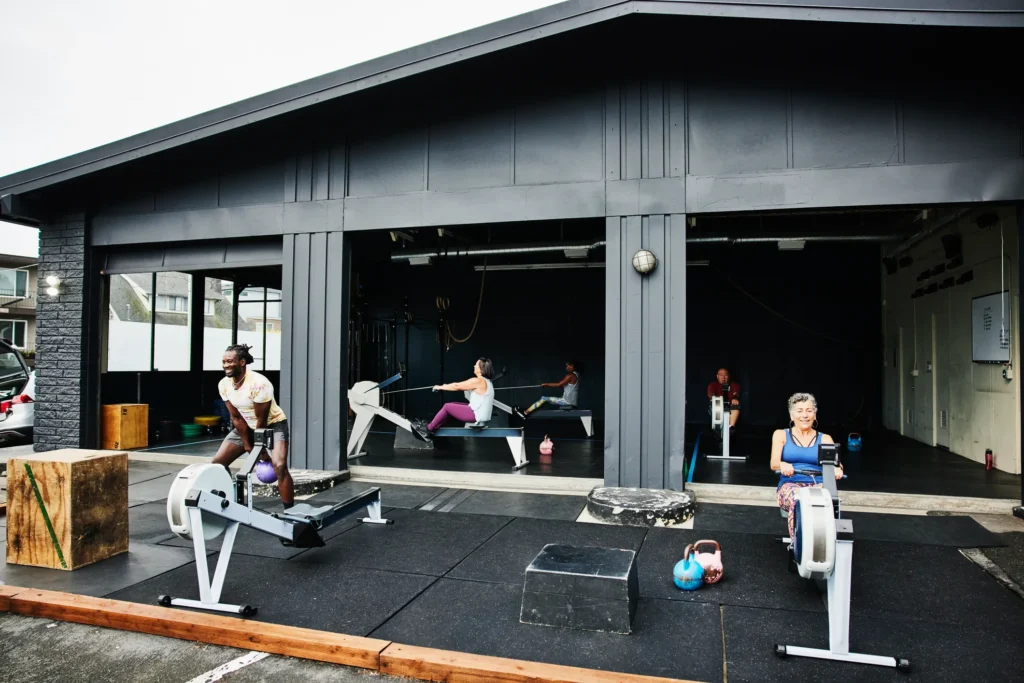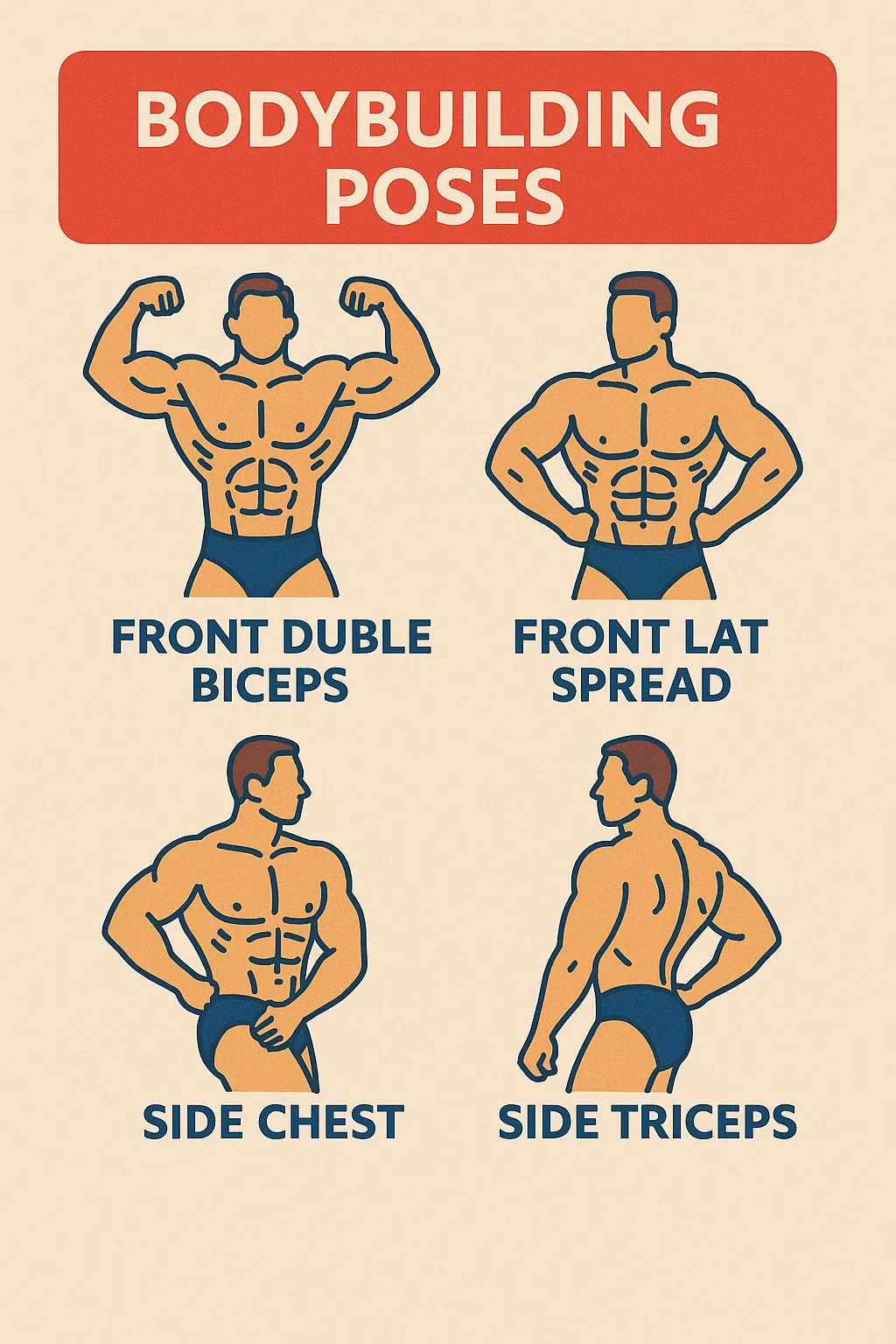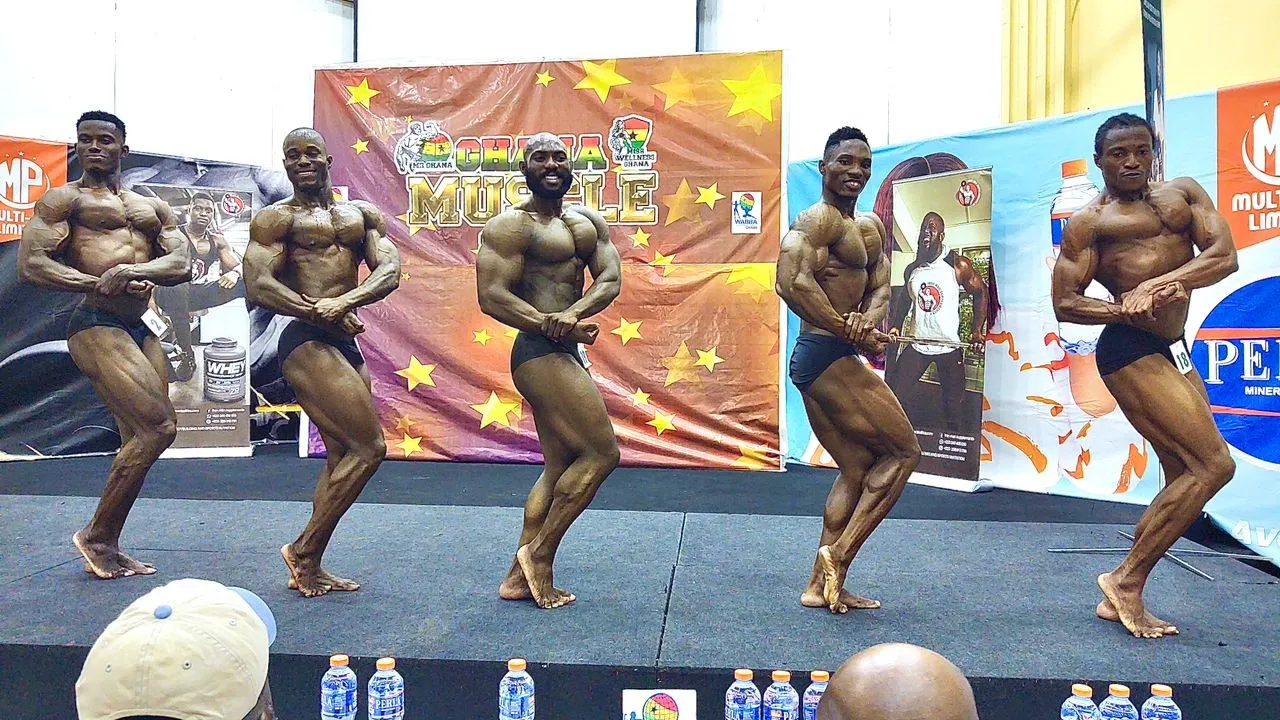In this post, we will look a little more at what PRs are, why they’re important, how you may create them, and a few tips on improving your PRs.
What Does PR Stand For in the Gym?
PR stands for Personal Record. In the context of a gym, it refers to the highest magnitude of performance of an individual who has attained that level of engagement with something for example, the most weight they ever lifted in one cycle or how long it took them to cover a certain distance. Hence, this becomes something one measures against in trying to make better records and further improvements.
A PR – that’s simply short for record for the best performances recorded for whatever it is: whether it involves bodybuilding practice on squats, deadlifts, bench press, aerobic routines of running, swimming, or time-bound work such as a circuit workout.
PRs are a very personal and extremely individual thing. They reflect the strength of a certain person, their stamina, speed, or quickness at any one time. They are used to measure success because they help the person track how much they have improved on their performance.
There are many benefits when it comes to setting and breaking PRs: they provide very tangible goals, and reaching such goals can lead to a greater sense of satisfaction and motivation.
Thirdly, PRs are a good indicator of progress. As you go on training, over time, your PR should always get better, indicating that strength, stamina, or speed is improving. In case PRs remain the same or decrease, it might be a signal that something in your training plan needs to be changed. PRs promote accountability. They demand that you record your success correctly and honestly, hence promoting focus and honesty in your training.

Setting and Breaking PRs
Setting a PR involves first selecting an exercise or routine that you want to measure. This can be anything from maximum weight on an exercise to the pace you’re moving at. Once you have selected a workout, you simply have to do it with all your might give it your best and record the result. That’s your PR.
To beat a PR, you have to go better than your best, which takes consistency in training, excellent nutrition, rest, and also positive thought. Well, it’s quite a long process, but it’s doable if one endures through it.
Improvement Tips Towards Your PRs
Following are the tips for improvement towards the attainment of personal records:
Consistency in Training
The more consistent the training is, the greater the chances will be that PRs will keep improving. Organize planned tasks and be capable of sticking with them as intended.
Progressive Overload
Progressive overload means a gradual increase in volume, energy, and frequency over the time one engages in workouts. This helps the muscles develop because your body is out of its comfort zone, thus making gains on your PRs.
Rest Proper
Rest helps growth, which takes place at rest by repairing the muscle fibres. Sleep well and rest whenever your body feels like it needs to.
Nutrition Proper
A well-balanced diet with proteins, carbohydrates, and healthy fats is the only thing capable of fueling your workouts and further aiding recovery processes.
Form and Technique
Ensuring good form and technique not only helps avoid injury but also guarantees you’re getting the most out of each workout, allowing for better performance and higher PRs.
Stay Motivated
Breaking PRs does take a lot of mental determination, just as it does physical strength. Keep your head held high, enjoy the tiny steps toward growth, and never become disappointed if it’s slower than planned.
In the end, PRs serve massively for measuring your progress, setting goals, and supporting your road to fitness. That being said, as personal as it might get, each time it’s one opportunity to always compete with your past self and grow more.
You will be in a position where you can keep pushing your PRs higher, doing more about your aims with the selection of some tactics: regular training, increase of stress, correct recovery, and nutrition.







